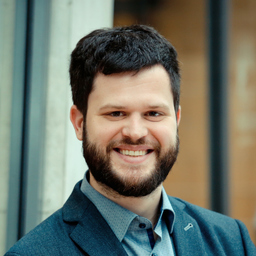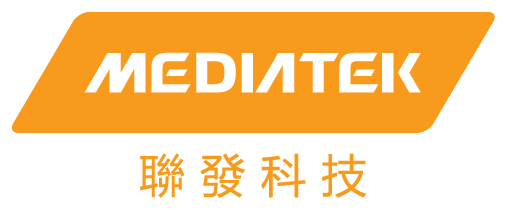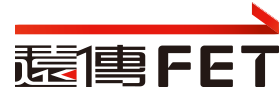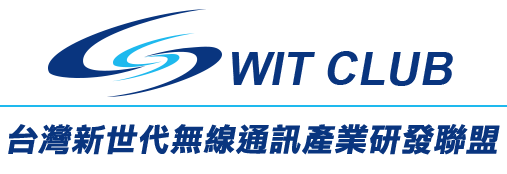Keynote 1: Monday, Dec. 7th, 11:00-11:30
 |
Harish Viswanathan is Head of Radio Systems Research Group in Nokia Bell Labs. He received the B. Tech. degree from the Department of Electrical Engineering, Indian Institute of Technology, Chennai, India and the M.S. and Ph.D. degrees from the School of Electrical Engineering, Cornell University, Ithaca, NY. Since joining Bell Labs in October 1997, he has worked on extensively on wireless research ranging from physical layer to network architecture and protocols including multiple antenna technology for cellular wireless networks, multi-hop relays, network optimization, network architecture, and IoT communications. He has published extensively with over 100 publications. From 2007 to 2015, Harish was in the Corp CTO organization, where as a CTO Partner he advised the Corporate CTO on Technology Strategy through in-depth analysis of emerging technology and market needs. He is a Fellow of the IEEE and a Bell Labs Fellow. |
Keynote Title: Ultra-reliable and Low latency Communications in mmWave Bands: Opportunities and Challenges
Abstract: The limited availability of spectrum in sub 6 GHz bands has created substantial interest in bands above 20 GHz for 5G deployments. Likewise, although high reliability is more easily achieved in lower bands, it is highly likely that mmWave bands will also be considered for low latency, high reliability aplications. In addition to challenging propagation conditions making high reliability difficult to achieve, the use of narrow beams with analog beam forming increases the latency for bursty uplink packet transmissions. We begin with a discussion of emerging applications that require high data rates with ultra-reliability at very low latencies for which mmWave is a natural choice. We then highlight some of the key challenges and describe factory floor channel measurements that show reasonable propagation conditions suggesting viability of mmWave solutions. Finally, we will discuss some novel solutions to achieve high reliability and low latency in these bands.
Keynote 2: Monday, Dec. 7th, 14:00-14:30
 |
Taro Eichler is Technology Manager for Wireless Communication currently with focus on 5G technologies and vertical applications such as industrial IoT and automotive. Prior to joining Rohde & Schwarz in 2007, Taro worked for Intel Corporation as specialist for Photonics and Optical Communication Solutions. Previously Taro worked at The University of Tokyo in the field of quantum optics, subsequently joining NTT Basic Research Laboratories. Taro holds a Diploma in Physics (Max-Planck-Institute for Quantum Optics) from the Technical University of Munich and a PhD in Physics from the University of Bonn, Germany. |
Keynote Title: The Expansion of the 5G Ecosystem – driven by Industrial IoT
Abstract: The 5G high-bandwidth and real-time capabilities promise a plethora of new applications, such as virtual and augmented reality but also industrial applications such as factory and process automation. Industrial IoT is also one of the main drivers for the 3GPP standard enhancements in Release 16 and 17.
In this talk we will highlight how to meet the stringent requirements and key performance characteristics by adequate test and measurement tools. Example measurements include channel measurement campaigns in our factories but also applying machine learning to pro-actively ensure high reliability for RF and service quality monitoring. Furthermore, we will illustrate how to cope with the challenge of analyzing and ensuring low and deterministic latency.
Keynote 3: Monday, Dec. 7th, 16:00-16:30
 |
Bjoern Richerzhagen is a wireless networks researcher at Siemens Technology (former: Corporate Technology), the central research unit within the Siemens AG. His research interests focus on adaptivity and self-organization in (heterogeneous) communication systems, P2P and mesh networks and industrial features in wireless networks. Prior to joining Siemens in 2019, he worked as research group head for the Distributed Sensing Systems group at the Multimedia Communications Lab at TU Darmstadt, where he also obtained his Dr.-Ing. degree on self-adaptivity of location-based services and communication mechanisms in 2017. |
Keynote Title: Industrial IoT: the road to 6G
Abstract: The increased focus on industrial use cases in upcoming 5G releases 16 and 17, combined with the huge marketing machinery around 5G in general makes it quite hard to answer a rather simple question: “Where are we right now when it comes to industrial IoT and 5G?”.
In this talk, we want to briefly sketch our view as a vertical on this question, based on our contributions to standardization in the 3GPP and 5G-ACIA. From there, we take it one step further: we discuss our view on the next generation - call it “beyond 5G” or “6G” - from a research perspective, believing that this generation will be even more use-case driven and individualized to meet the requirements of Industrial IoT in a complex environment. We detail the questions that need to be tackled on the way forward based on our current and planned contributions to research projects in this field and - wherever available - share initial research results.






















